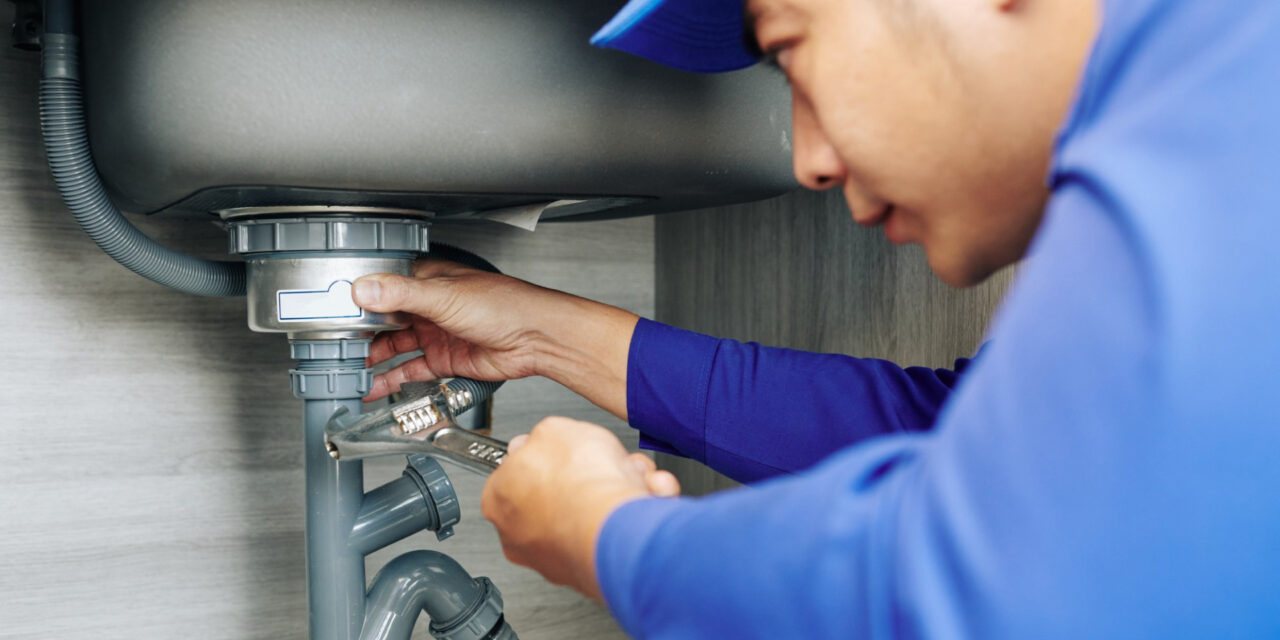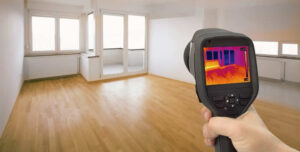How to Check If Your Residence Has a Hidden Leak
How to Check If Your Residence Has a Hidden Leak
Blog Article
Are you looking for additional info on Leaking water lines?

Early discovery of leaking water lines can minimize a potential catastrophe. Some little water leaks might not be noticeable.
1. Examine the Water Meter
Every home has a water meter. Examining it is a guaranteed manner in which assists you discover leaks. For starters, shut off all the water sources. Make certain no person will purge, use the tap, shower, run the washing maker or dishwasher. From there, most likely to the meter as well as watch if it will alter. Since no one is utilizing it, there ought to be no activities. If it relocates, that suggests a fast-moving leak. Furthermore, if you identify no changes, wait a hr or 2 and also inspect back again. This indicates you might have a slow-moving leakage that might even be below ground.
2. Inspect Water Intake
If you find sudden modifications, regardless of your usage being the same, it indicates that you have leakages in your plumbing system. A sudden spike in your costs shows a fast-moving leak.
On the other hand, a stable increase every month, despite having the same behaviors, reveals you have a slow leak that's additionally slowly intensifying. Call a plumber to completely inspect your building, specifically if you feel a warm area on your flooring with piping below.
3. Do a Food Coloring Test
When it pertains to water usage, 30% comes from commodes. Test to see if they are running correctly. Drop specks of food shade in the container as well as wait 10 mins. If the shade somehow infiltrates your bowl throughout that time without flushing, there's a leak between the storage tank and also bowl.
4. Asses Exterior Lines
Do not neglect to inspect your outside water lines also. Should water leak out of the link, you have a loosened rubber gasket. One little leak can squander bunches of water and increase your water expense.
5. Evaluate and also Assess the Situation
Home owners should make it a behavior to examine under the sink counters as well as also inside cupboards for any type of bad odor or mold development. These 2 warnings suggest a leak so punctual attention is required. Doing regular evaluations, also bi-annually, can conserve you from a major issue.
If you understand your home is currently old, maintain a watchful eye on your heating systems, tubes, pipes and so on. Check for discolorations as well as weakening as most home appliances as well as pipes have a life span. They will additionally normally degrade as a result of damage. Don't wait for it to rise if you believe leaking water lines in your plumbing system. Call an expert plumber right away so you do not end up with a horrible mess in your house.
Early discovery of dripping water lines can alleviate a prospective catastrophe. Some small water leakages might not be visible. Examining it is a guaranteed means that assists you discover leakages. One little leakage can waste tons of water and also surge your water bill.
If you suspect dripping water lines in your plumbing system, don't wait for it to escalate.
WARNING SIGNS OF WATER LEAKAGE BEHIND THE WALL
PERSISTENT MUSTY ODORS
As water slowly drips from a leaky pipe inside the wall, flooring and sheetrock stay damp and develop an odor similar to wet cardboard. It generates a musty smell that can help you find hidden leaks.
MOLD IN UNUSUAL AREAS
Mold usually grows in wet areas like kitchens, baths and laundry rooms. If you spot the stuff on walls or baseboards in other rooms of the house, it’s a good indicator of undetected water leaks.
STAINS THAT GROW
When mold thrives around a leaky pipe, it sometimes takes hold on the inside surface of the affected wall. A growing stain on otherwise clean sheetrock is often your sign of a hidden plumbing problem.
PEELING OR BUBBLING WALLPAPER / PAINT
This clue is easy to miss in rooms that don’t get much use. When you see wallpaper separating along seams or paint bubbling or flaking off the wall, blame sheetrock that stays wet because of an undetected leak.
BUCKLED CEILINGS AND STAINED FLOORS
If ceilings or floors in bathrooms, kitchens or laundry areas develop structural problems, don’t rule out constant damp inside the walls. Wet sheetrock can affect adjacent framing, flooring and ceilings.
https://www.servicemasterbyzaba.com/blog/how-to-detect-water-leakage-in-walls/

We hope you enjoyed our part on Finding hidden leaks. Thank you so much for spending some time to read through our short article. Feel free to set aside a second to distribute this blog post if you enjoyed reading it. Thank you for taking the time to read it.
Report this page